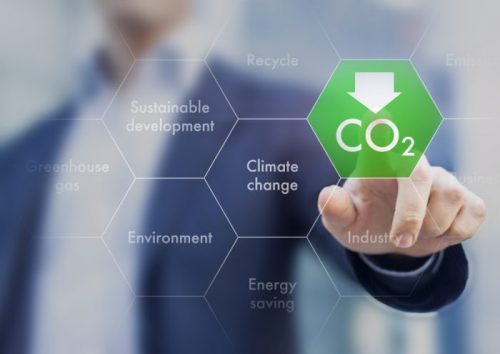Federal Regulations
When it comes to federal regulations of carbon projects on tribal land, there are none. Section 25 of the Code of Federal Regulations (CFR) says nothing about carbon credits or carbon sequestration. According to the Bureau of Indian Affairs (BIA) Office of Regulatory Affairs and Collaborative Action, carbon credit projects that involve leases for sequestration or emission reduction activities will be reviewed under two provisions:
- 25 CFR 84 (Encumbrances of Tribal Land) for tribal land
- 25 CFR 169 (Rights-of-Way Over Indian lands) for allotted land
Easements are generally required between the project sponsor and developer or aggregator. On non-tribal land, obtaining an easement between two parties is typically a straightforward process. On tribal land, things may become more complicated because of the required regulatory oversight of the BIA. Until there are regulations developed, a potential alternative for trial nations would be to seek leases under 25 U.S.C. 81 (“Section 81 agreements”) which allows tribes to enter into agreements encumbering the land for not more than seven years without BIA approval. (Section 81 does not apply to individual tribal member landowners.)
Section 81 agreements that encumber tribal land for longer than seven years do require BIA approval under 25 CFR 84. A seven-year lease agreement might be sufficient for emission reduction projects involving methane capture, cropland or rangeland management. However, forestry projects typically require longer periods if they include growing operations.

The sequestered amount of carbon or reduced emissions has to be measured, verified, monitored, and reported according to specific guidelines and protocols through an offset registry.
Role of Offset Protocols
A carbon ‘offset’ represents a real reduction of carbon dioxide emissions which results in the generation of a ‘carbon credit’. The carbon credit represents ownership of the equivalent of one metric ton of carbon dioxide that can be traded, sold or retired. An offset protocol is a set of rules relating to a set of activities (e.g., landfill gas capture and destruction) that must be followed in order to create a carbon credit. An offset developer that reduces, removes or avoids greenhouse gas emissions has to know these rules before they can begin activity on any project that will generate carbon credits. If the project developer doesn’t follow the rules, the carbon credits will not be issued. If the problem is found later, the credits may be invalidated.
There are a variety of recognized standards – some more stringent than others – that require certain criteria to be met when the credit is developed and the offset is sold. Generally, the protocols project the value of carbon commodities by ensuring that net greenhouse gas (GHG) reductions and removals are:
- Additional – Over and above the baseline
- Real – Verifiable by independent third parties
- Conservative – Absolutely achievable
- Permanent – For the duration of the project
- Sustainable – Produces carbon credits without significant detrimental environmental effects

If the project developer doesn’t follow the rules, the carbon credits will not be issued. Carbon credit and offset protocols and registration ensure the legitimacy of the project.
Measurement & Verification
Regardless of activity, carbon credits must be:
1. Measured according to certain scientific specifications
2. Verified by a third-party expert
3. Registered on a certified carbon registry
4. Tracked through their given serial numbers when sold and retired from the marketplace.
These activities requires professional expertise and services. NICC is available to help tribal nations and individual landowners navigate the process.
